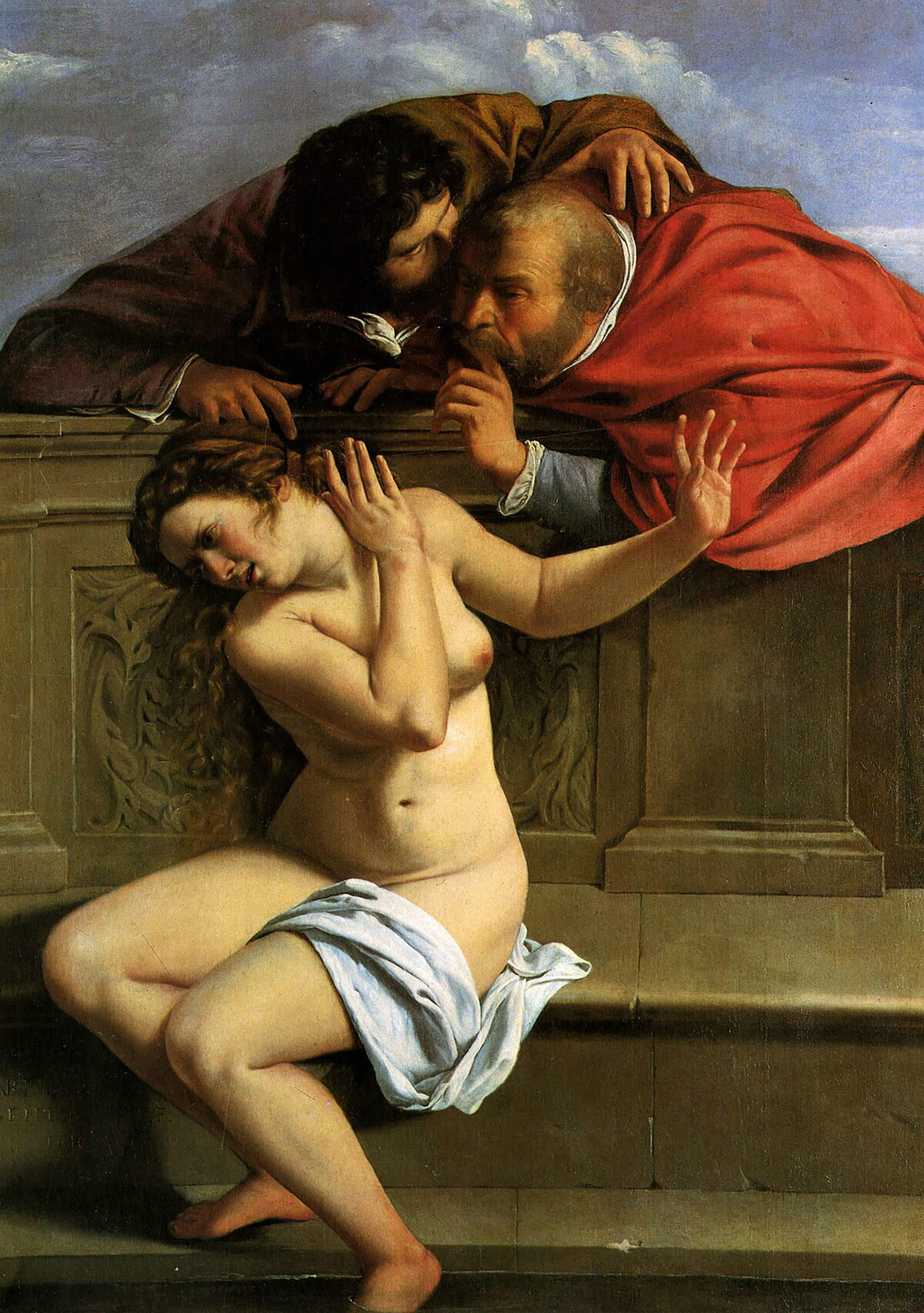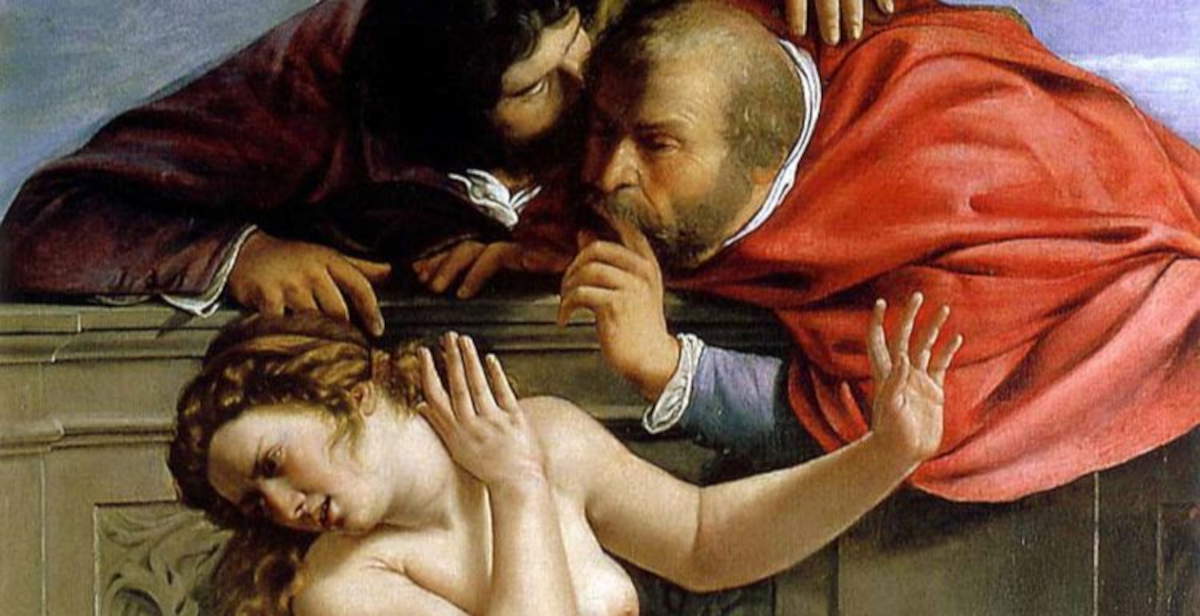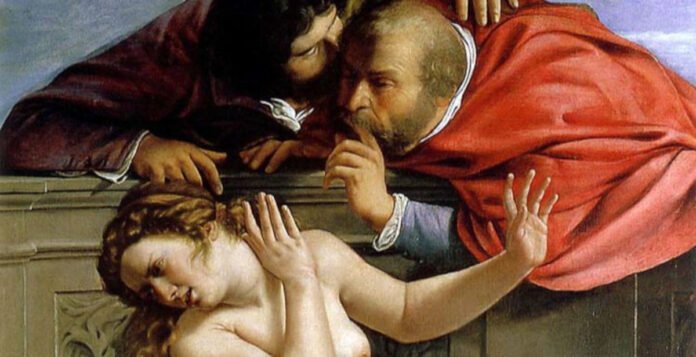Warsaw’s Museum of Modern Art presents “The Woman Question: 1550-2025,” an eight-section exhibition curated by Alison M. Gingeras that overturns the myth of female absence in art history. Parallel exhibitions and an extensive calendar of events are also scheduled.
From November 21, 2025 to May 4, 2026, the Museum of Modern Art in Warsaw will open its doors to The Woman Question: 1550-2025, an exhibition curated by art historian and curator Alison M. Gingeras. Divided into eight sections, the exhibition aims to deconstruct the myth of female marginality in art history by offering a broad and layered visual narrative. The initiative, which is the culmination of the first year of activity at the museum’s new location at Marszałkowska 103, offers a journey from Renaissance painting to contemporary production.
Central to the exhibition is the intention to reconsider the historical and critical canons that for centuries have reduced the female artistic presence to an exception. The Woman Question: 1550-2025 presents itself as an articulated map of women’s creativity, addressing conditions of marginalization, exclusion from academic institutions and the need to assert an autonomous professional identity in hostile contexts. The exhibition claims a historical reinterpretation capable of restoring voice and visibility to figures who have long remained ignored.
“This exhibition borrows this expression to frame more than five centuries of cultural production by women artists. The Woman Question: 1550-2025 brings together works by more than 130 women artists, divided into eight thematic chapters,“ explains curator Gingeras. ”From allegorical representations of female strength to depictions of motherhood, war, mysticism and self-representation, the exhibition affirms that women consistently asserted their roles as creators, activists and visionaries. The Woman Question highlights the vital and ongoing dialogue between gender, power and artistic action.”
The title of the exhibition recalls an expression that originated in modern Europe: “the woman question.” Before the instances of contemporary feminism emerged, philosophers and thinkers such as Christine de Pizan had already begun to question the subordinate role of women in society. Against this background, the exhibition is divided into eight thematic chapters that highlight the multiple ways in which women artists have elaborated their presence in the cultural landscape.
The first section, Femmes Fortes: Allegories and Agency, explores the iconography of strong women that developed in the 17th century. Emblematic figures such as Judith, Cleopatra and Lucretia are at the center of heroic representations signed by artists such as Artemisia Gentileschi, Angelika Kauffmann and Elisabetta Sirani. In dialogue with these works, interventions by modern and contemporary women artists such as Lubaina Himid, Chiara Fumai, Betty Tompkins, Miriam Cahn, Cindy Sherman, and Yoko Ono offer new interpretations from a feminist perspective.
The second chapter, Palettes & Power: The Self-Portrait as Manifesto, focuses on the self-portrait with palette, a genre used by women artists to assert their professional identity. From Sofonisba Anguissola to Élisabeth Vigée Le Brun, from Lavinia Fontana to Lisa Brice and Somaya Critchlow, the selected works testify to a conscious use of self-portraiture as a tool of legitimation.
Education and the Canon, the third section, takes its name from an essay by Germaine Greer and addresses the structural barriers that have hindered women’s access to art education. Exclusion from academies, life drawing classes and professional networks has had a lasting impact. The works of Marie Bashkirtseff, Claudette Johnson, Faith Ringgold, Guerrilla Girls and Art Project Revolution reflect on these dynamics and the urgency of rewriting the canons of art history.
With A Muse of Her Own, the exhibition highlights how, with the expansion of access to academies in the 19th century, women artists began to explore their identities beyond the palette portrait. Works by Marie-Nicole Vestier, Fahrelnissa Zeid, Lotte Laserstein, Sonia Boyce, Françoise Gilot, Yvonne Wells, Anita Rée, and Celia Paul address issues of individuality, motherhood, cultural identity, and the image of the new woman.

The fifth chapter, Surreal Selves, Mystical Me: Symbolism , Surrealism, and Mysticism, focuses on dreamlike and symbolic representations of female identity. Artists such as Leonor Fini, Anna Güntner, Francesca Woodman, vanessa german, Małgorzata Mycek, Iiu Susiraja, and Genowefa Magiera reveal inner worlds in which surrealism, mysticism, and introspection become tools of affirmation.
In No Gate, No Lock, No Bolt: Imaginaries Unleashed, the theme of intellectual freedom is addressed through female erotic imagery. The title echoes a famous passage by Virginia Woolf, and the works on display reflect on desire, gender subversion and emancipation from the male gaze. Among the featured artists: Ithell Colquhoun, Tamara de Lempicka, Ambera Wellmann, Lisa Yuskavage, Lotte Laserstein, Barbara Falander, and Jordan Casteel.
Of Woman Born, inspired by the work of Adrienne Rich, examines the maternal experience outside the institutional context. Motherhood is represented as a lived, subjective experience in the works of Elisabetta Sirani, Angélique du Coudray, Paula Modersohn-Becker, Marlene Dumas, Frida Orupabo, Monica Sjöö, Catherine Opie, Clarity Haynes, Everlyn Nicodemus, Louise Bourgeois, Tracey Emin and Frida Kahlo.
Closing the Wartime Women, a section devoted to women’s representation in wartime contexts. With a focus on events in Eastern Europe, the gallery presents works related to World War II, the Holocaust and the conflict in Ukraine. Among the selected artists: Ceija Stojka, Teresa Żarnower and Lesia Khomenko, who question the traditional narrative of war, highlighting the active role of women as witnesses, combatants and survivors.
The exhibition will be accompanied by an illustrated catalog, edited by Gingeras herself, with original essays by feminist theorist Griselda Pollock, philosopher Chiara Bottici, and curators Ewa Klekot and Beata Purc. The volume also includes an interview with Nobel Prize-winning writer Olga Tokarczuk. The graphic design is by Swiss designer Ludovic Balland.
During the six-month exhibition, the museum will offer an extensive public program: lectures, readings, guided tours, and educational activities. The museum’s cinema, Kinomuzeum, will offer a thematic film festival, with screenings, lectures and discussions that will explore the themes addressed by the exhibiting artists.
In parallel, the museum will present City of Women, a series of three exhibitions curated by other researchers and curators. Other Tomorrows, curated by Michalina Sablik and Vera Zalutskaya, includes works by digital and migrant artists, focusing on intersectionality and the construction of new tools for dialogue. Gutsy, curated by Julia Bryan-Wilson, brings together feminist works that reflect on the sexed body and the fragility of the structures that regulate it, with an abstract and sculptural language. Her Heart, curated by Karolina Gembara, on the other hand, addresses the issue of the right to reproductive health through photographs and videos that recount the experience of abortion.
As a whole, the exhibition project proposed by the Museum of Modern Art in Warsaw takes the form of a critical intervention in art history and its narrative. Far from being a celebratory operation, The Woman Question: 1550-2025 presents itself as a tool for historical analysis, capable of questioning the very foundations of Western artistic discourse.
 |
| Warsaw, an exhibition at the Museum of Modern Art rewrites art history from the perspective of women |
Warning: the translation into English of the original Italian article was created using automatic tools.
We undertake to review all articles, but we do not guarantee the total absence of inaccuracies in the translation due to the program. You can
find the original by clicking on the ITA button. If you find any mistake,please contact us.






